Introduction
 |
The a6000 has been one of the world’s best selling cameras but it’s only the first rung on a ladder of cameras trying to cater to a range of photographers. If you go online you’ll probably end up be confronted with the a6000, a6100, a6300, a6400, a6500 and a6600. We’re going to try to make sense of the lineup: which ones are current, how they all compare and which ones are worth a look.
We’ve used all these a6x00 series cameras we’re going to talk about here, listened to Sony’s explanation of its intent and have been around the block enough times to be able to cut through the, er, let’s call it ‘marketing speak.’
The lineup as it stands
 |
At its simplest, the current lineup is the a6100 as the entry-level model, the a6400 as the slightly more enthusiast-friendly one and the a6600 as the range-topping, image stabilized version. All three cameras are based around the same sensor, so the image and video quality ends up being identical but the spec differences between the cameras may make a difference to how well they suit your needs.
Interestingly, Sony insists that the a6000 remains in the lineup. This may be the case, or it could simply be that there’s inventory still floating around the market that Sony doesn’t want to devalue by declaring the camera ‘dead.’ Whichever it turns out to be, we wouldn’t recommend buying one, no matter how inexpensive, for reasons we’ll come to.
Real-time Tracking AF
The biggest change in the refreshed Sony lineup is ‘Real-time Tracking’, an autofocus system that’s been trained to recognize people and pets so that it tracks them doggedly (or, by logical extension, ‘cattedly’). It’s present in the a6100, a6400 and a6600.
Oddly, Real-time Tracking isn’t switched on by default (or ever referred to as such on the cameras). But, once the cameras have been switched across to AF-C mode and one of the ‘tracking’ AF area modes has been chosen, the system is really impressive. Point the camera at your subject, half press the shutter and it’ll dependably follow it, wherever it moves in the scene. This makes it one of the simplest and most effective AF systems we’ve ever used.
‘Real-time Tracking’ is present in the a6100, a6400 and a6600
We don’t say this lightly (and we’re not easily impressed) but, having experienced it, we think it helps the latest models stand out, even though some other aspects of their spec aren’t particularly exciting.
However, while the system is really impressive in the daytime, we found it’s less effective in low light. We’ll be testing this in more detail as part of our a6600 and a6100 reviews, so don’t take this as an unalloyed recommendation until we’ve completed that testing.
In with the new
 |
This ‘Real Time Tracking’ AF system is good enough to make it awkward to go back and use the earlier models and Sony appears to recognize this. The a6300 and a6500 are, we understand, discontinued and replaced by the a6400 and a6600 respectively.
There’ll no doubt be some last-minute sell-offs of any remaining stock, so we’d suggest thinking how dependent your photography (or videography) is on autofocus, and whether you need any of the other improvements, before deciding whether to try to grab a bargain.
For instance, the new generation of cameras all gain touchsceens, which only the a6500 previously had. They also promise improved color rendering in their JPEGs. These improvements add up.
They add up most noticeably when you compare the a6100 to the generations-old a6000, which is why we’d suggest side-stepping the older model at this point.
Sony a6100
 |
The a6100 is the most basic of the models. It is built from an engineering plastic and has a lower-resolution viewfinder [800 x 600 pixels] than the rest of the models.
The most recent JPEG engine gives it much more attractive color than the a6000
The most obvious change over the (we suspect) outgoing a6000 is the vastly improved AF system. This in itself makes it a much more capable camera. In addition it gains the ability to shoot 4K video (albeit with very noticeable rolling shutter) and, also pretty significantly, it has the most recent version of Sony’s JPEG engine, which gives it much more attractive JPEG color than the a6000 produced.
Capable but entry-level
 |
Unlike the a6000 and in common with the other new a6x00 cameras, it’s got a touchscreen that flips up by 180 degrees, for vlogging or selfie shooting and a mic socket.
The a6100 doesn’t have the full capabilities of its more expensive siblings, though. It can’t shoot Log video, and loses some subtle features such as the ability to let you specify the shutter speed at which Auto ISO mode changes ISO and to let you set up different AF points and modes for portrait- and landscape-orientation shooting.
Also, while you can customize the camera’s ‘Fn’ menu, you can’t define separate versions for stills and video shooting: something the a6400 and a6600 let you do. It’s really useful if you switch back and forth between the two types of shooting.
These are small changes but they add up. For example, we regularly assign a button to access ‘Auto ISO Min Shutter Speed’ so that we can change the camera between 1/focal length and something faster, depending on whether we’re more concerns about camera shake or subject movement.
Sony a6400
 |
From the outside, it’s only really the switch around the AEL button that distinguishes the a6400 from its more basic sibling
The next model up from the a6100 is the a6400. You get a higher-res viewfinder, giving 1024 x 768 pixels from its 2.36m dots. You also get ‘moisture and dust resistant’ magnesium alloy construction (though, as is all too common, this resistance comes with no guarantee or substantive claims of effectiveness).
The a6400 offers a customizable AF/MF switch on the back of the body, which the a6100 lacks, but that’s about the extent of the physical handling differences. On the software side you gain a handful of menu options, including the ability to set the Auto ISO shutter threshold, define different AF areas and area modes by camera orientation and set up custom features such as ‘My Dial.’ These all make a difference if you like to define the fine detail of the camera’s handling.
Mid-level option
 |
Video shooters gain the ability to shoot S-Log and HLG video footage over the a6100, which opens up opportunities for color grading or output to high dynamic range televisions. However, this is only in 8-bit and is still subject to significant rolling shutter in the cropped 30p mode which gets even worse in the full-width 24p mode. We were very impressed with this highly detailed footage when the a6300 was launched, back in 2016 but the likes of Fujifilm’s X-T30 will now offer better results.
The a6400 offers some benefits over the a6100 but you may find better options from other camera makers
So, while the a6400 offers some benefits over the a6100, you may not find the difference worth the cost. And, if you’re looking for a more advanced camera, and want to take more control, you may find better options from other camera makers.
Sony a6600
 |
Not only does the a6600 offer image stabilization over its sister models, it also adds a headphone socket and much larger ‘Z-type’ battery. There’s no built-in flash, though
The range-topping model is the a6600. The main thing you gain over the lower models is in-body image stabilization, which is a major benefit for both stills and video shooting. A new feature of the a6600 is the inclusion of a much larger NP-FZ100 battery. This significantly boosts the camera’s endurance and will all-but eliminate concerns about keeping the camera charged, while you’re shooting.
The space demands of this larger battery have prompted the design of more substantial, more comfortable hand grip than on other a6x00 models and these ergonomic improvements are supplemented by the addition of an extra custom button, which leaves the a6600 with one more than its predecessor and two more than its current siblings.
Steady endurance
 |
However, while these improvements make the a6600 stand out from its own sister models, it looks like a half-generational update of the a6500. Its autofocus is, without question, best-in-class and its battery life is the best of any of its peers. But its video isn’t especially competitive, either in terms of specifications (Fujifilm’s X-T3 can shoot much more gradable 10-bit footage), or in terms of appearance (the rolling shutter is likely to limit the way you shoot, if you don’t want it to be visible in your videos).
The a6600 also gains a headphone socket for monitoring audio, which is a first for the series
And, in sharing the same 2.36m dot EVF panel with the a6400, its viewfinder is noticeably lower resolution than the Fujifilm.
The option to pair the a6600 with a sensibly-sized 16-55mm F2.8 lens makes the camera more attractive for enthusiasts, but puts it worryingly close in price to an a7 III with the more flexible 24-105mm F4, which will offer similar output and access to a potentially larger performance envelope (or even Tamron’s 28-75mm F2.8).
Impressive AF but…
 |
Sony’s latest cameras have an AF system that out-performs anything we’ve experienced before and, importantly, makes it relatively easy to exploit this potential (though we’d prefer it to be engaged by default, especially on the a6100). They also produce more attractive JPEGs than the older models, particularly when compared to the elderly a6000.
But, as we’re sure the comments below will remind you, none of these camera is cutting-edge in terms of hardware such as sensor or viewfinder tech. Sony’s touchscreen implementation is still oddly limited (why isn’t the Fn menu touch-sensitive?), they all shoot only lossy Raws that limit the processing flexibility and they still have one of the most difficult-to-navigate menu systems on the market. This means they’re beginning to slip behind the best of their peers in some respects, particularly in terms of video.
Compared to their peers
 |
In the absence of a replacement for the image stabilized Fujifilm X-H1, the a6600 looks pretty strong at the top end, so long as the shortcomings and omissions listed on the last slide don’t affect your shooting too much. Its video isn’t as good as the X-T3’s, but the better AF in both stills and video mode, along with built-in stabilization may be more appealing for some people.
The 16-55mm F2.8 lens makes APS-C E-mount look more photographer-friendly
The a6100’s simple autofocus and relatively low price immediately make it a strong contender against other entry level APS-C and Micro Four Thirds rivals. It’s the a6400, which has to square up against the Fujifilm X-T30 and Canon’s new EOS M6 Mark II that’s probably the least compelling of this trio.
That said, it should also be recognized that Sony has made some effort to address previous criticisms and that its latest models will produce nicer images than its older APS-C cameras and will do so more easily than ever before. And, perhaps more than this, the arrival of the 16-55mm F2.8 lens makes APS-C E-mount look more photographer-friendly than it’s previously appeared.
Articles: Digital Photography Review (dpreview.com)
















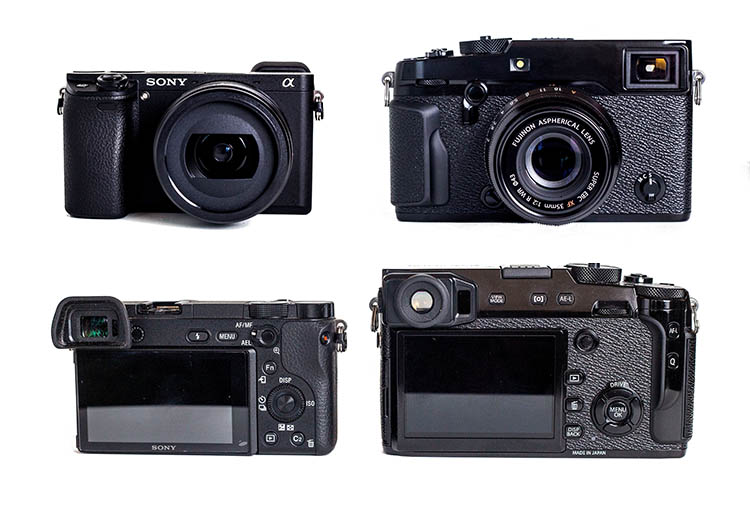
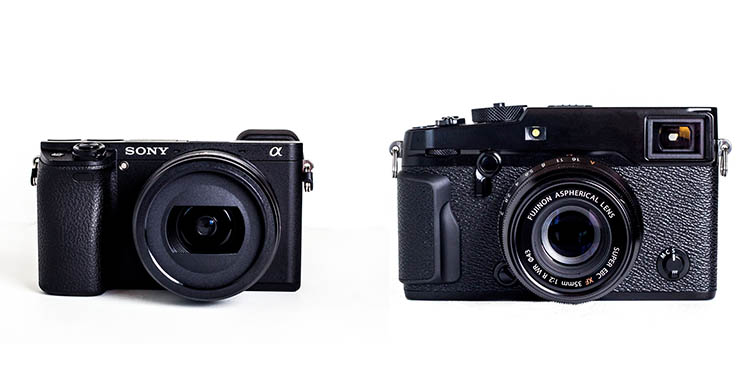









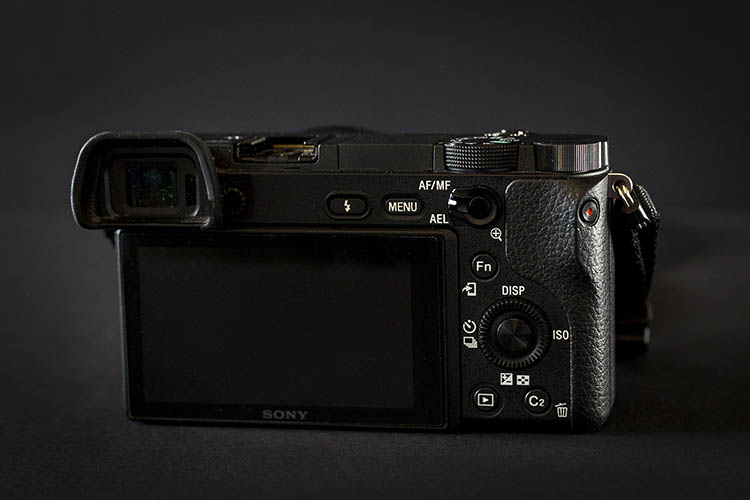
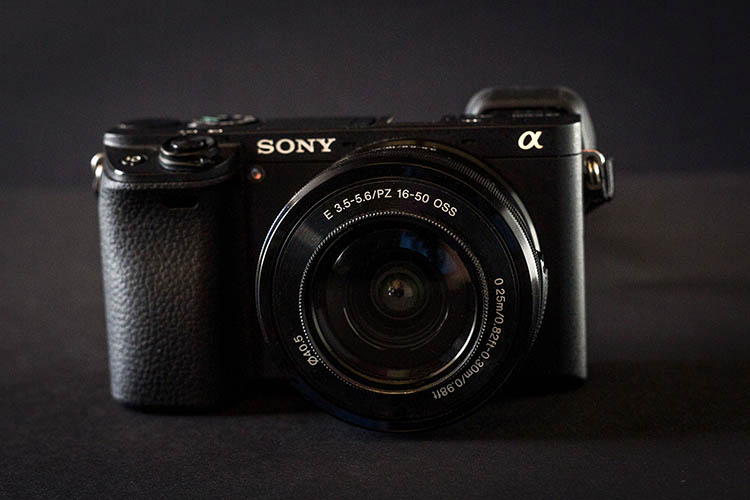




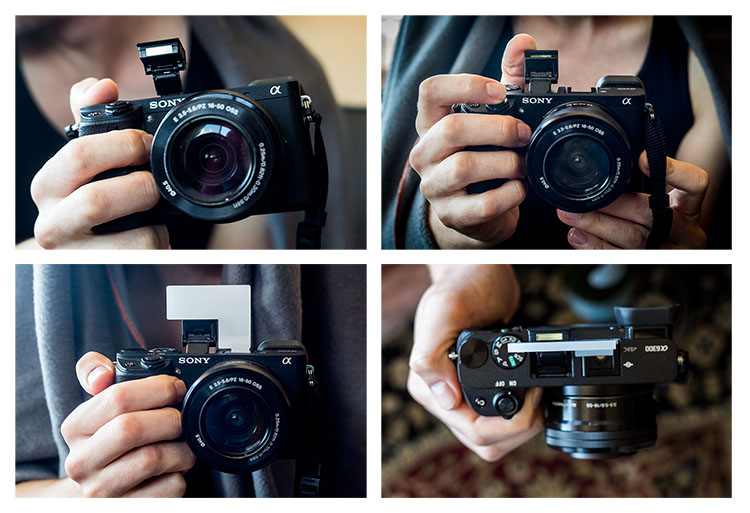



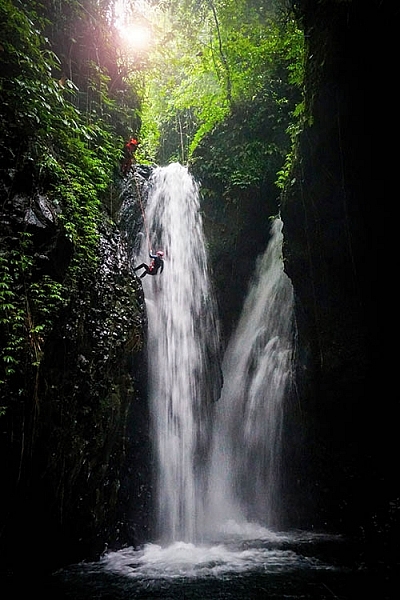




You must be logged in to post a comment.